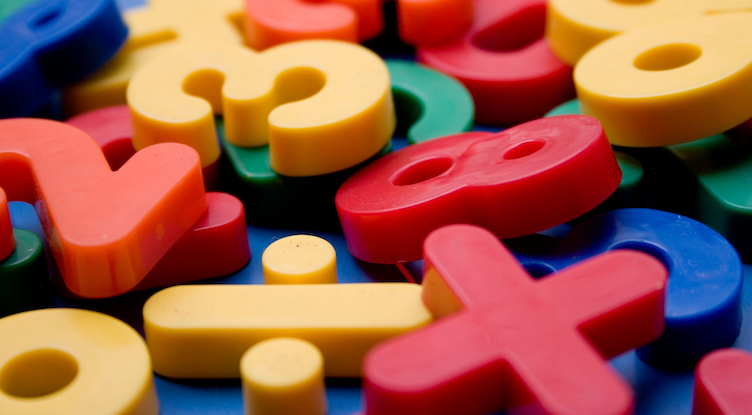What are we giving our children at Christmas?
I was chatting to my hairdresser the other day, having the conversation we’re all having at this time of year: “You all set for Christmas? Done your shopping yet?” She said she was all ready, excited for her young children aged 7 and 10, and revealed that her budget was £600 per child.
I left the hairdresser contemplating this, and the wider implications of that kind of spend. It set me thinking about what we’re actually giving our children at Christmas. Every parcel under the Christmas tree is wrapped not just in sparkly paper and ribbons, but in many layers of belief and attitudes and values. While the actual presents may soon be forgotten, these extra layers often stay with people for their whole lives – affecting how they deal with money, love and giving in adulthood.
It’s these beliefs and attitudes – and the emotions they evoke – that are central to my work. Often I'm helping clients to look back at those layers and see them clearly and explore how they may be blocking them from achieving their goals. One of the first questions I ask is what people have absorbed about the subject of money - consciously or unconsciously - throughout their life. And gift giving is one of the clearest ways to see this.

There are different ways of expressing and experiencing love; for instance spending quality time with someone, offering words of affirmation and providing acts of service. Giving gifts is just one way. I don’t think it’s healthy when love and money get tangled up and mistaken for each other. If we spend £600 on saying ‘I love you’ to a young child, what are we setting them up to expect for the future? What will we spend next year? And the next? What if that child grows up and forms a relationship with someone who doesn't give big gifts - will they then feel unloved? And I worry about the implications within the household - research shows that 90% of the UK population aren't putting enough money away for the future - when so much is spent on gifts.
There’s so much manic consumerism that goes on in the lead up to Christmas, and panic that we haven’t bought enough or that our gift or gifts won’t be ‘enough’. Black Friday showed us that we’re so caught up in this frenzy that we’re prepared to fight over consumer goods in public. What is that teaching our children and young people?
I coach clients in other ways of giving - like having a cap on spending, or a secret Santa system so you only have to buy for one person. The solution often involves simply making agreements in advance and managing expectations, and finding meaningful ways to express love and affection without breaking the bank.
So, my question to you is what do you want your children to understand about money and love? Let’s start spending and giving more consciously. Fast forward a few years from now and see these young people as adults looking back on the values and beliefs they received and how that has affected their lives. What beliefs and attitudes would you love to give them? Now, that’s a perfect gift.
Related reading
What’s your attitude to money teaching your kids?
Don’t let your Chimp take charge of your money
Digital banks helping people manage money mindfully
Ditch New Year's Resolutions - develop good habits instead
Draw your ideal future
5 Habits of successful savers
Sowing the seeds for financial success
Click here to find out about Financial Coaching or training to become a Financial Coach
Comments
| There are no comments for this entry yet. |
